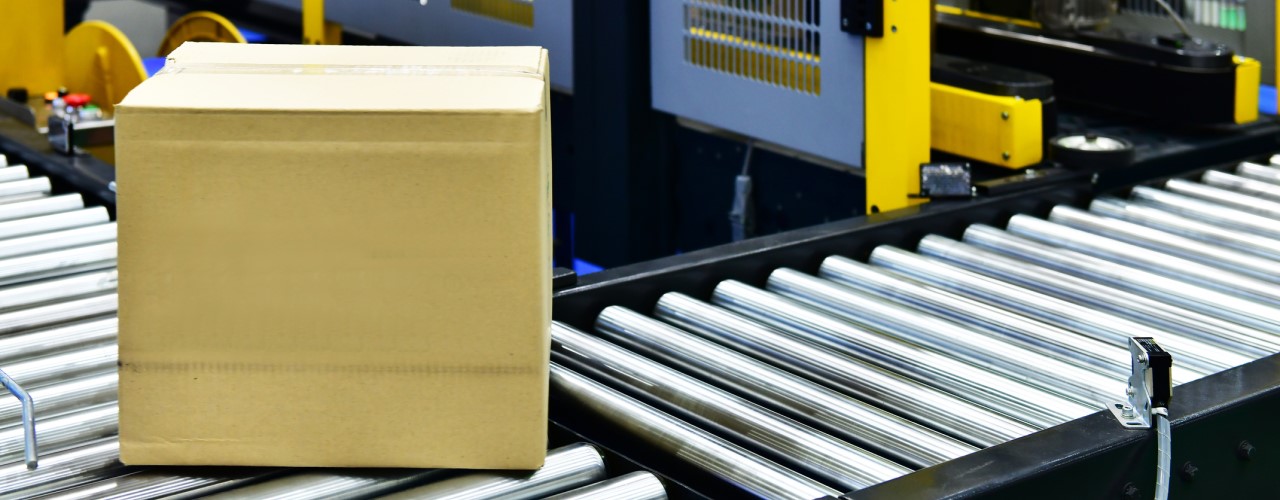Should you invest in fully automated warehousing?
Fully automated warehousing has the potential to change the industry. This tech-driven approach is designed to increase efficiency, improve distribution and optimise the way that materials flow. Many larger enterprises are already committing to automated processes and businesses such as Amazon have predicted that this will be the general approach within the next decade. However, is fully automated warehousing the right infrastructure for every business? While it does present some challenges there are also some very good reasons why it makes sense.
The challenges of fully automated warehousing
The main challenge for most businesses, especially smaller enterprises, will be cost. Upgrading to fully automated warehousing requires up front capital investment that some organisations simply may not have. It’s also important to consider other costs, such as resources that might be required to train staff to use new systems and any ongoing maintenance that might be necessary to ensure that equipment remains effective. For many businesses these initial costs can go on to deliver impressive results in terms of output and so present an advantage over an existing business model. There are also ways to minimise costs, for example by investing in automated systems that are simple to use and require minimal training.
Why might you invest in fully automated warehousing?
- Integrating the latest technology in order to get ahead. It’s critical to remain competitive in the warehousing industry today, especially given the swift pace of change that is driving businesses onward. It may be necessary to switch to automated methods to create competitive advantage – and to ensure that your business doesn’t fall behind.
- Increasing output in existing premises. Introducing automated processes often means that you can improve output without the need to expand existing footprint or pay more for new premises.
- Minimising the impact of changes to the labour market. Automated processes require fewer staff, which means that your warehousing business is not going to be as affected by changes in availability of labour as it otherwise might be.
- Reducing staff costs. By investing in automated warehousing you can reduce the amount of spend you need to allocate to human labour and significantly reduce operational costs as a result while still achieving the same – or improved – profit levels.
- Increase consistency and minimise mistakes. Output is more consistent and reliable when it is achieved with fully automated warehousing and quality levels are maintained. While human staff may still be necessary in some functions, where automated processes provide an alternative option the potential for human error is reduced.
- Attracting the best and brightest people. If you’re looking to ensure that the staff you have are the highest quality, automated processes can be a beacon for the best people. Automation can help to ensure that mundane, repeatable tasks are handled automatically and employees are freed up to add value more constructively elsewhere.
Fully automated warehousing won’t be the right choice for every business today – although it may be a necessary transition that all have to make in the years to come. However, if your business could benefit from any of the above then it’s an investment that may be worth making.

Leave a comment